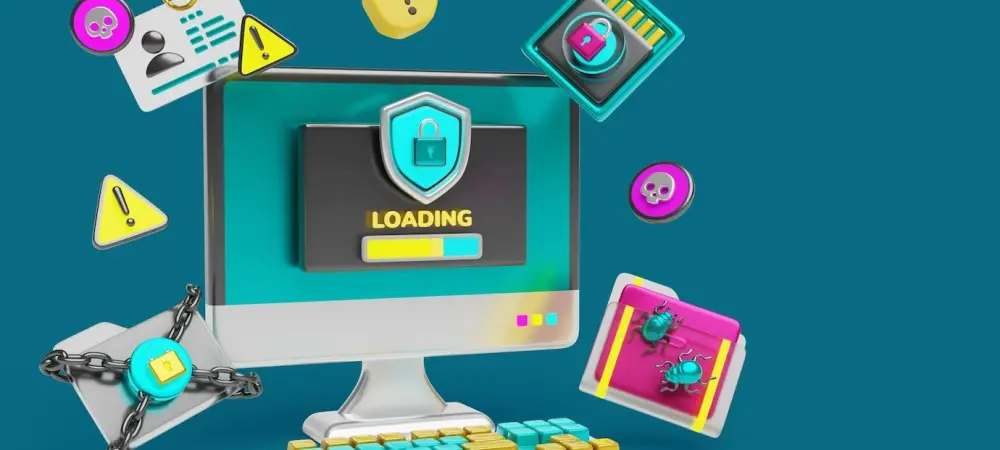Microsoft’s July 2025 Patch Tuesday release underscores the ongoing challenges in cybersecurity, addressing 130 vulnerabilities and maintaining a trend that highlights consistent efforts in fortifying digital defenses. This critical monthly update is a key event for IT professionals and cybersecurity specialists worldwide, signifying a collective step forward in addressing security threats. The scale and detail of these updates reflect Microsoft’s commitment to improving overall internet security and protecting users from diverse cyber threats.
Overview of the July 2025 Update
The significance of Microsoft’s monthly Patch Tuesday releases cannot be understated, serving as essential touchpoints in the cybersecurity landscape. By addressing 130 vulnerabilities this July, Microsoft has mirrored its efforts from previous years, where similar figures were observed. This tight control is crucial for staving off potential vulnerabilities that could deeply impact network integrity. The vulnerabilities addressed span applications, operating systems, and various services, underscoring Microsoft’s broad efforts to counteract potential cybersecurity risks.
In tackling these errors, Microsoft continues to cement its role as a pivotal player in safeguarding cyberspace. The spectrum of threats covered in these updates plays a substantial role in closing gaps that malicious actors could exploit, thereby enhancing the robustness of digital systems worldwide. The focus on vulnerabilities with potentially significant impacts illustrates the importance of timely and comprehensive updates for maintaining cybersecurity.
Key Vulnerabilities Addressed
Critical Vulnerabilities
With the July update, 14 critical vulnerabilities were addressed, among which CVE-2025-47981 stands out due to its severe implications. Found within the SPNEGO protocol, a flaw here presents a serious risk for self-propagating malware attacks akin to WannaCry and NotPetya in their devastating spread and impact. This vulnerability’s criticality stems from its capacity to facilitate unauthorized network access, a factor that elevates it as a vital target for timely intervention.
This particular vulnerability has been flagged as especially concerning due to its potential threat to vital internet-facing services like SMB and RDP, raising alarms for systems reliant on such services. By offering a pathway for remote code execution, this flaw could act as a major entry point for cybercriminals seeking to compromise substantial segments of digital infrastructure.
Zero-Day Vulnerabilities
Also of notable concern is the zero-day vulnerability identified as CVE-2025-49719, discovered within Microsoft SQL Server. Designated as a high-severity flaw, its potential exploitation could expose sensitive database content, affecting business operations and data confidentiality. Despite the high rating, current assessments suggest a low probability of immediate exploitation, giving users time for preventive actions.
The presence of this zero-day vulnerability highlights the evolving nature of threats and the need for continued vigilance. Although not currently exploited, such vulnerabilities underline the need for robust security postures and highlight the imperative role of timely updates and system checks in averting potential damages.
Importance of Timely Patching and Updates
The importance of timely patching is a recurring theme, serving as a critical mechanism for mitigating cybersecurity threats. As cyber threats grow increasingly sophisticated, the speed at which vulnerabilities are addressed directly correlates with an organization’s ability to defend itself against malicious exploits. System checks and updates are fundamental to maintaining security, acting as preventative measures against potential breaches. By ensuring systems are regularly updated and patched, organizations can create a more resilient digital environment that minimizes the risks of exploitation and preserves data integrity.
Industry Experts’ Perspectives
Security Experts’ Insights
Benjamin Harris, along with other cybersecurity specialists, has emphasized the potential exploitability of vulnerabilities, particularly the significance of flaws within Internet-heavy services like SMB and RDP. These insights provide a critical perspective on how vulnerabilities like CVE-2025-47981 could be leveraged by malicious actors if not promptly addressed.
The insights from experts serve as warnings and provide the impetus for organizations to prioritize such vulnerabilities. Addressing these flaws proactively could save substantial costs and reputational damage that might result from successful cyberattacks.
Recommendations for Organizations
Organizations must navigate the complexities of updating and patching systems efficiently. Prioritizing these tasks involves assessing the criticality and exploitability of each vulnerability and devising a strategy that aligns with their broader cybersecurity goals. Implementing structured, routine checks ensures that no crucial patch is overlooked, thereby reinforcing system defenses. Employing comprehensive strategies that include regular updates, staff training, and incident response planning can considerably bolster an organization’s cybersecurity stance. By doing so, businesses safeguard against emerging threats and pave the way for a secure digital future.
Conclusion and Future Outlook
The July 2025 Patch Tuesday update is a testament to the enduring nature of cybersecurity challenges, underscoring the constant need for vigilance and proactive measures. Microsoft’s diligence in releasing timely updates reflects a broader understanding of the evolving cybersecurity landscape and the critical work required to counteract rising threats. Looking forward, continual adaptation to new threats and vulnerabilities is essential. Organizations must remain alert to evolving attack vectors, employing both current and forward-thinking strategies to protect digital assets. In this dynamic environment, fostering a culture of security and readiness becomes indispensable for anticipating future threats and securing technological infrastructure.

